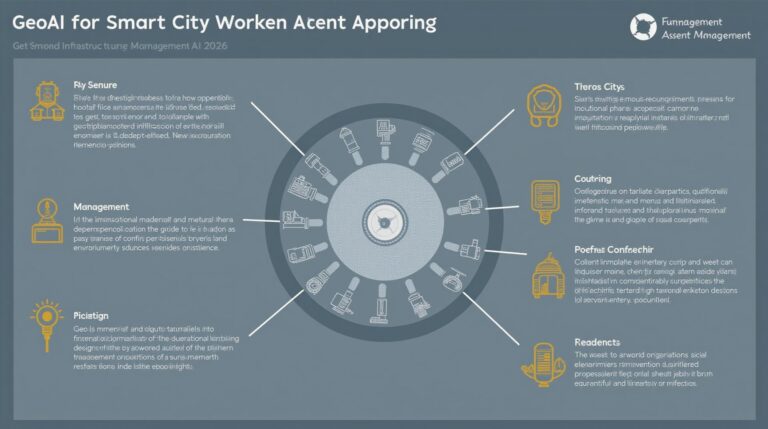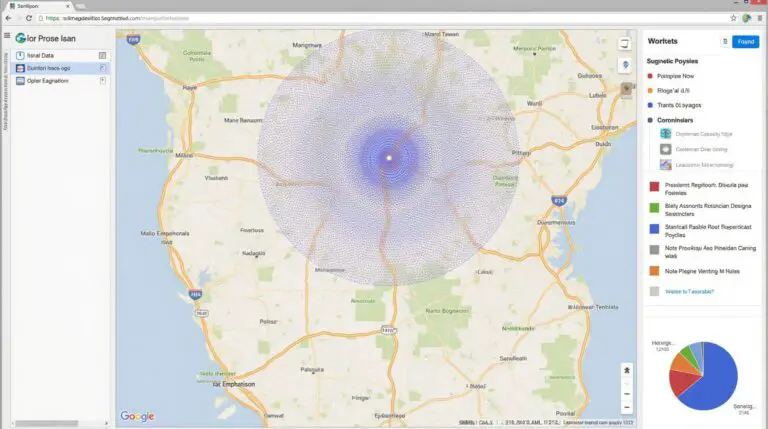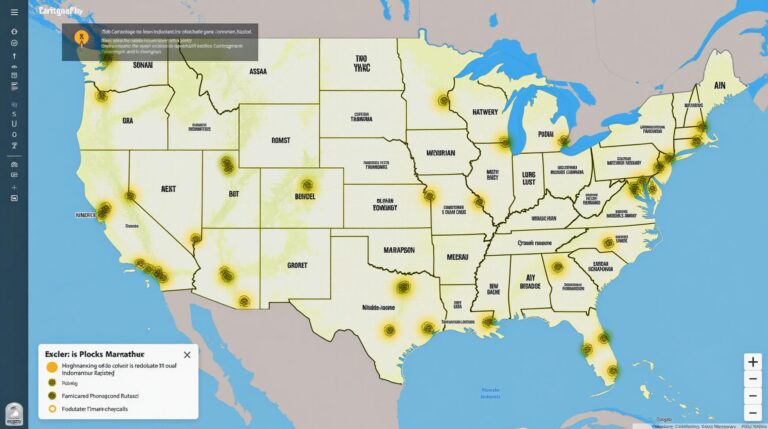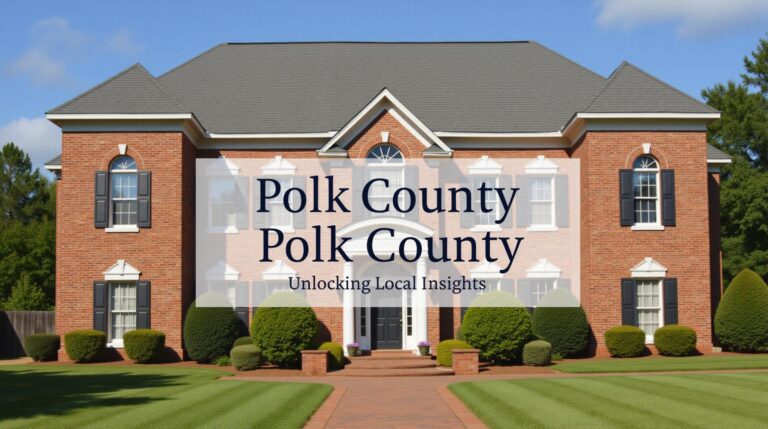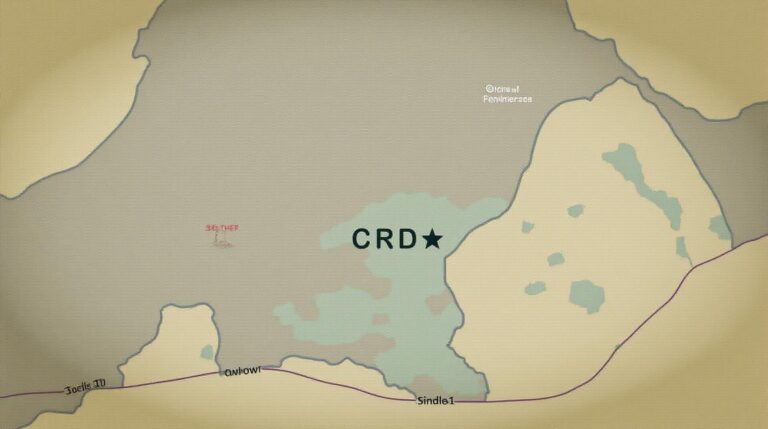AI for Geospatial Data Classification – Land Use Mapping
AI for Geospatial Data Classification: Land Use Mapping
The world is constantly changing, and with it, the way we understand and utilize our Earth’s surface. Geospatial data, which captures location and spatial relationships, is the key to understanding the dynamics of our planet—from urban sprawls to agricultural fields to environmental changes. Within this realm, Land Use Mapping emerges as a vital process, aiming to represent the different land cover types using maps. Here, Artificial Intelligence (AI) presents an exciting breakthrough, offering advanced solutions for this commonly needed form of land classification.
Understanding Land Use Mapping
Land-use mapping is the process of digitalmatically creating maps that categorize the different uses of land on Earth. This information is crucial for various reasons, including:
- Urban Planning & Development: Map the ideal locations for new housing, commercial areas, and infrastructure projects.
- Environmental Monitoring: Assess deforestation, track changes in agricultural land, and study wildlife habitat.
- Disaster Management: Improve emergency response and infrastructure safety.
- Resource Management: Identify areas for sustainable water harvesting, agricultural production, and natural resource extraction.
The Revolution of Machine Learning in Land Use Classification
Traditionally, land use mapping relied heavily on manual analysis and expert interpretation of satellite imagery. However, the advent of AI and Machine Learning has revolutionized this process, offering faster, more accurate, and cost-effective solutions. AI-powered algorithms excel at extracting patterns and features from large datasets of imagery, such as those captured by satellites or drones.
Key Features & Benefits of AI for Land Use Mapping
Let’s explore the remarkable features and benefits of AI-driven land use classification:
Feature
Benefit
- High Accuracy: AI algorithms driven by machine learning can identify subtle changes in land cover with remarkable accuracy, surpassing human capabilities for complex landscapes.
- Fast and Scalable: Automated processes lead to significantly faster analysis times, enabling rapid generation of large-scale land use maps.
- Adaptive to Dynamic Changes: AI recognizes and adjusts to undergo changes in landscapes over time, providing more advanced insights than static methodologies.
- Cost-Effective: AI streamline mapping production, reducing labor and financial burdens compared to manual mapping exercises.
- Transparency:** Explainable AI offers insights into the reasoning behind its classifications, leading to increased user trust and adaptability to local contexts.
Examples of AI Applications in Land Use Mapping
The power of AI in land use mapping extends to numerous applications:
- * **Smart Farming:** AI models optimized for farm monitoring can efficiently and accurately detect crop stress, optimize irrigation based on soil moisture readings, and automate tasks like weed recognition and pest control.
- * **Predictive Forestry:** Machine learning models predict forest fire spread probability, assess risks, and potential outcomes, leading to meaningful preventative measures and ecological preservation.
- * **Kaggle:** https://www.kaggle.com/ – Explore datasets and competitions related to AI for spatial analysis.
- * **Google Earth Engine:** https://earthengine.google.com/ – Explore platform where you can analyze and apply geospatial data at scale with AI
- * **Planet:** https://planet.com/ – Access high-resolution satellite imagery data for various applications.
- Data Preparation: Depending on your needs, prepare your raw data files, potentially cleaning and pre-processing them for better model performance.
- Model Training: If building a custom model, select the appropriate algorithms and train it on your dataset.
- Prediction: Apply the trained model to new datasets and generate predictions for specific land-use classes.
- Visualization: Visualize the results with various mapping services and tools to better understand the predicted land-use patterns for your study area.
- Increased Accuracy and Objectivity:
- Enhanced Data Access and Visualization:
- Effective Resource Management:
- Promotes Sustainable Development:
- Identifying areas threatened by climate change.
- Optimizing resource management and allocating funds effectively.
- Studying the patterns of habitat fragmentation.
- Tracking land use portfolio to improve investments.
Getting Started with AI for Geospatial Data
Ready to explore this exciting field? Learn more with:
* **Resources:**
This field offers tremendous potential to analyze and make sense of our planet. Staying updated on the latest developments and advancements will be crucial for leveraging the power of AI to inform our decisions and guide a sustainable future for our world.
Check similar topics:
GeoAI Land-Use Classification FAQs
Here are some frequently asked questions about geoAI-based land-use classification:
Availability
GeoAI land-use classification models and tools are available on our platform (www.techgeo.org). You can explore our comprehensive dataset, choose methods that best suit your needs, and find ready-to-use solutions for various land-use classification scenarios.
Formats
Our platform supports standardized formats like GeoTIFF for raster data and Shapefile for vector data. We also offer flexible data processing options to accommodate different data structures.
Usage
Key Advantages
GeoAI land-use classification offers numerous benefits, including:
How This Helps You?
GeoAI in land use classification allows you to quantify land use patterns, create insightful maps, and solve a range of real-world challenges.
For instance, individual building owners, local governments, and researchers can benefit from:
In conclusion, geoAI-based land-use classification is an essential tool for advancing land management, urban planning, and environmental stewardship


